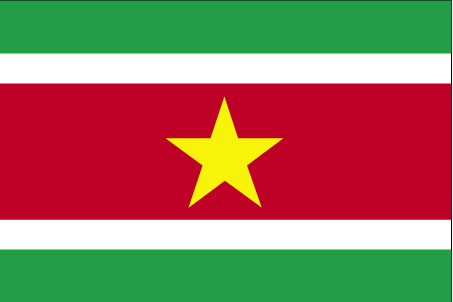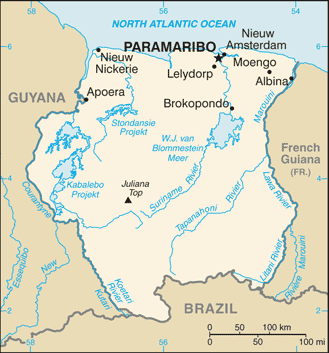Investing in Suriname


The economy is dominated by the mining industry, with exports of alumina, gold, and oil accounting for about 85% of exports and 25% of government revenues, making the economy highly vulnerable to mineral price volatility. In 2000, the government of Ronald VENETIAAN, returned to office and inherited an economy with inflation of over 100% and a growing fiscal deficit. He quickly implemented an austerity program, raised taxes, attempted to control spending, and tamed inflation. Economic growth reached about 7% in 2008, owing to sizeable foreign investment in mining and oil. Suriname has received aid for projects in the bauxite and gold mining sectors from Netherlands, Belgium, and the European Development Fund. The economy slowed in 2009, however, as investment waned and the country earned less from its commodity exports when global prices for most commodities fell. Trade picked up, boosting Suriname's economic growth in 2010, but the government's budget remained strained, with increased social spending during the election. In January 2011, the government devalued the currency by 20% and raised taxes to reduce the budget deficit. Suriname's economic prospects for the medium term will depend on continued commitment to responsible monetary and fiscal policies and to the introduction of structural reforms to liberalize markets and promote competition.
Central Bank of Suriname - http://www.cbvs.sr/
Doing Business And Investing in Suriname - http://www.amazon.com/Business-Investing-Suriname-Investment-Government/dp/0739782215
Suriname Investing News
2011-07-29 - (reu) - Fitch upgrades Suriname credit rating to B-plus
2011-07-20 - (reu) - DP World buys controlling stake in two Suriname firms
Countries that border Suriname: Guyana | Brazil | French_Guiana
Learn more:
Back to Country Investing



